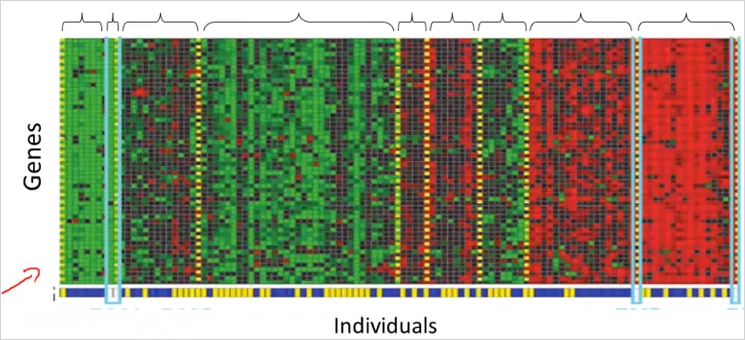

Two N-terminal acetyltransferases antagonistically regulate the stability of a nod-like receptor in Arabidopsis. Control of protein quality and stoichiometries by N-terminal acetylation and the N-end rule pathway. Control of mammalian G protein signaling by N-terminal acetylation and the N-end rule pathway. N-terminal acetylation of cellular proteins creates specific degradation signals. The eukaryotic N-end rule pathway: conserved mechanisms and diverse functions. The ClpS adaptor mediates staged delivery of N-end rule substrates to the AAA+ClpAP protease. Structural basis of N-end rule substrate recognition in Escherichia coli by the ClpAP adaptor protein ClpS. ClpS is an essential component of the N-end rule pathway in Escherichia coli. The N-end rule pathway for regulated proteolysis: prokaryotic and eukaryotic strategies. The N-end rule: functions, mysteries, uses. The mammalian N-end rule pathway: new insights into its components and physiological roles. In vivo half-life of a protein is a function of its amino-terminal residue. The N-end rule pathway: emerging functions and molecular principles of substrate recognition. The N-end rule pathway and regulation by proteolysis. These mechanistic data on the Pro/N-recognin activity of GID4 will serve as a foundation to facilitate the identification of authentic physiological substrates as well as the development of inhibitors of therapeutic values for the Pro/N-end rule pathway. Our complex crystal structures, together with biophysical analyses, delineate the GID4-mediated Pro/N-degron recognition mechanism and substrate selection criteria for the Pro/N-end rule pathway. Here, we report the first crystal structures of human GID4 alone and in complex with various Pro/N-degrons. However, the molecular mechanism of GID4-mediated Pro/N-degron recognition remains largely unexplored. GID4, a subunit of the ubiquitin ligase GID complex, has been recently identified as the N-recognin of the new branch of the N-end rule pathway responsible for recognizing substrates bearing N-terminal proline residues (Pro/N-degrons). The N-end rule pathway senses the N-terminal destabilizing residues of degradation substrates for the ubiquitin-proteasome system, whose integrity shields against various human syndromes including cancer and cardiovascular diseases.


 0 kommentar(er)
0 kommentar(er)
